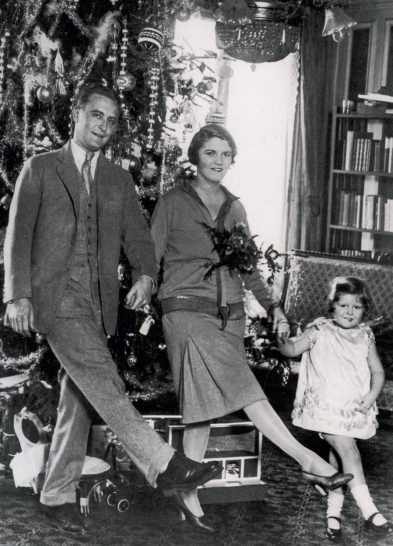
Literary fame can be fickle. No writer’s status is set in stone, although a small elite seems to have acquired ‘classic’ status on the basis that their work is seen to transcend its time period rather than being trapped forever within its specific cultural context —a process called ‘canonisation’, in a nod to the Roman Catholic Church’s traditional route to sainthood. Today critical praise and massive sales rarely go together as they once did for writers like Charles Dickens. Many past greats are now forgotten, while books that sank without trace when written have become canonical classics. During her lifetime, for example, Jane Austen’s six anonymously published novels attracted little critical notice — but today she is probably the most widely read, adapted, filmed and studied of all English writers.
Within a writer’s lifetime, to be awarded a really significant accolade such as a Man Booker, Pulitzer or Nobel Prize can boost a critical reputation and help to shift a lot of copies, but death is the ultimate test. Once a body of work is complete, the process of critical evaluation and reception takes on an after-life of its own. The writer who seemed to sum up the spirit of their own time may fail to click with later readers. A steady or sudden decline in readership and critical attention can begin until he or she slips out of sight. According to the writer and critic DJ Taylor:
Your organisation does not have access to this article.
Sign up today to give your students the edge they need to achieve their best grades with subject expertise
Subscribe




